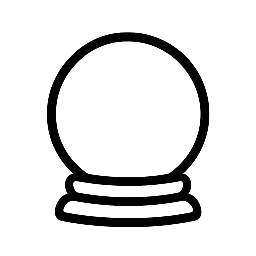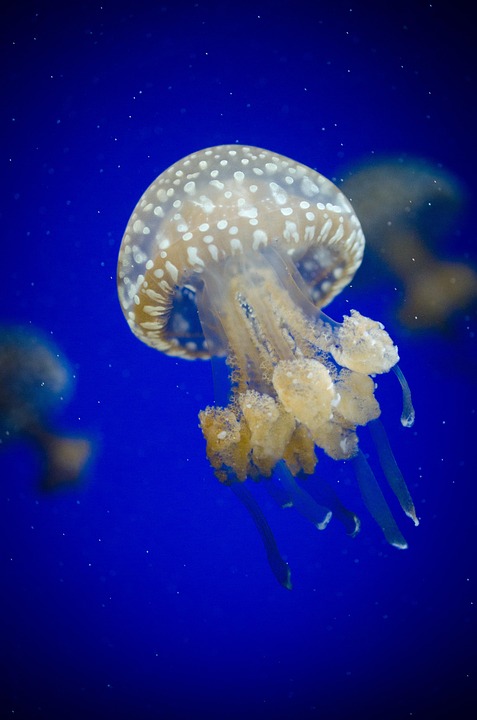Sefirot and Shadows: Exploring the Light and Dark Aspects of the Tree of Life
The Kabbalistic Tree of Life, a intricate and complex symbolism, has been a cornerstone of Jewish mysticism for centuries. At its core, the Tree of Life represents the interconnectedness of the universe, comprising ten divine emanations, or Sefirot, which embody various aspects of the divine. While the Sefirot are commonly associated with qualities of light, wisdom, and creation, their shadow counterparts, often referred to as the "shells" or "husks," represent the darker, more obscure aspects of the universe. In this article, we will delve into the world of Sefirot and shadows, exploring the interplay between light and darkness, and the significance of acknowledging and integrating both aspects of the Tree of Life.
The Sefirot: Pillars of Light
The ten Sefirot, which comprise the Tree of Life, are:
- Keter (Crown) – represents the infinite and divine will
- Chokhmah (Wisdom) – embodies the divine wisdom and creativity
- Binah (Understanding) – symbolizes the divine intellect and comprehension
- Chesed (Lovingkindness) – represents the divine mercy and benevolence
- Gevurah (Strength) – embodies the divine power and discipline
- Tiferet (Beauty) – symbolizes the divine harmony and balance
- Netzach (Eternity) – represents the divine endurance and perseverance
- Hod (Splendor) – embodies the divine glory and majesty
- Yesod (Foundation) – symbolizes the divine foundation and connection
- Malkhut (Kingdom) – represents the divine manifestation and physical reality
Each Sefirah, or divine emanation, is associated with specific qualities, attributes, and energies, which, when balanced and harmonized, facilitate the flow of divine light and creation.
The Shadows: The Dark Side of the Tree
The shadow aspects of the Sefirot, often referred to as the "Qliphoth" (shells or husks), represent the darker, more obscure aspects of the universe. These shadow energies are not inherently evil, but rather, they embody the unmanifest, unconscious, and repressed aspects of the divine. The Qliphoth are associated with the following shadow Sefirot:
- Thaumiel (Duality) – represents the shadow aspect of Keter, embodying the dualistic and conflicting nature of the universe
- Ghogiel (Chaos) – associated with the shadow aspect of Chokhmah, symbolizing the chaotic and unpredictable forces of creation
- Sathariel (Concealment) – represents the shadow aspect of Binah, embodying the hidden and obscure aspects of the divine
- Gamaliel (Pollution) – associated with the shadow aspect of Chesed, symbolizing the corrupt and polluting influences of the universe
- Gharab Tzevakim (Destruction) – represents the shadow aspect of Gevurah, embodying the destructive and chaotic forces of the universe
- Golachab (Arrogance) – associated with the shadow aspect of Tiferet, symbolizing the inflated and arrogant aspects of the divine
- Tagiriron (Indolence) – represents the shadow aspect of Netzach, embodying the lazy and complacent aspects of the universe
- Oreb Zaraq (Ravenousness) – associated with the shadow aspect of Hod, symbolizing the insatiable and ravenous forces of the universe
- Nahemoth (Death) – represents the shadow aspect of Yesod, embodying the transformative and destructive aspects of the divine
- Adimiron (Desire) – associated with the shadow aspect of Malkhut, symbolizing the sensual and materialistic aspects of the universe
The Interplay Between Light and Dark
The relationship between the Sefirot and their shadow counterparts is one of dynamic interplay. The Sefirot, with their qualities of light, wisdom, and creation, are constantly interacting with their shadow aspects, which embody the darker, more obscure aspects of the universe. This interplay is necessary for the balance and harmony of the universe, as it allows for the manifestation of the divine in all its complexities.
The Qliphoth, or shadow Sefirot, serve as a reminder that the universe is not solely comprised of light and goodness, but also contains darker, more obscure aspects. By acknowledging and integrating these shadow aspects, we can gain a deeper understanding of the universe and our place within it.
Integration and Balance
The key to mastering the Sefirot and their shadow counterparts lies in achieving balance and integration. By acknowledging and accepting the shadow aspects of the divine, we can:
- Develop a more nuanced understanding of the universe and its complexities
- Cultivate empathy and compassion for the darker aspects of human nature
- Integrate the repressed and unconscious aspects of our own psyche
- Balance the light and dark aspects of our own being, leading to greater wholeness and harmony
In conclusion, the Sefirot and their shadow counterparts, the Qliphoth, represent the dualistic nature of the universe, comprising both light and dark aspects. By exploring and integrating these opposing forces, we can gain a deeper understanding of the Tree of Life and our place within the universe, ultimately leading to greater balance, harmony, and wholeness. As we navigate the complexities of the Kabbalistic Tree of Life, we must remember that the light and dark aspects of the divine are intertwined, and that true wisdom and understanding can only be achieved by embracing both.


Leave a Reply